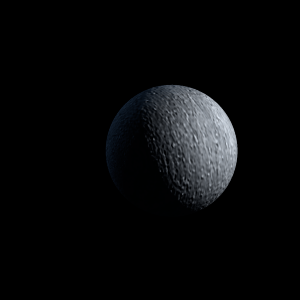|
|
Space Astro
|
Info for exoplanet "Hyamya-shoma"
| Scientific (actual) data |
|---|
| Name | TOI-2525 c |
| Planet status | Confirmed |
| Planet mass | 0.657 |
| Radius | 0.904 |
| Orbital period | 49.2519 |
| Semi major axis | 0.249 |
| Orbit eccentricity | 0.157 |
| Inclination | 89.97 |
| Discovered | 2022 |
| Updated | 2023-02-14 |
| Omega | 21.5 |
| Tzero tr | 2458340 |
| K | 41.2 |
| Publication | Published in a refereed paper |
| Detection type | Primary Transit |
| Mass measurement type | Radial Velocity |
| Radius measurement type | Primary Transit |
| Star name | TOI-2525 |
| Right ascension | 86.85° |
| Declination | -60.52° |
| Mag v | 14.2 |
| Star distance | 395.4 |
| Star metallicity | 0.14 |
| Star mass | 0.849 |
| Star radius | 0.785 |
| Star sp type | K0V |
| Star age | 3.99 |
| Star temperature | 5096 |
| Wikipedia article | TOI-2525 c |
Back
| |
| Fictional info (?) |
|---|
| Suggested name | Hyamya-shoma |
| Planet type | Cold gas giant |
|
| Atmosphere | 2H2O | 47% |
| Ammonia | 26% |
| Methane | 21% |
| Hydrogen deuteride (HD) | 4.5% |
| Ozone | 0.92% |
| Formaldehyde | 0.19% |
| Atmospheric pressure | 22 bar |
 |
| No known satellites |
| Google search for Hyamya-shoma |
|
Website by Joachim Michaelis
|
|
|
|